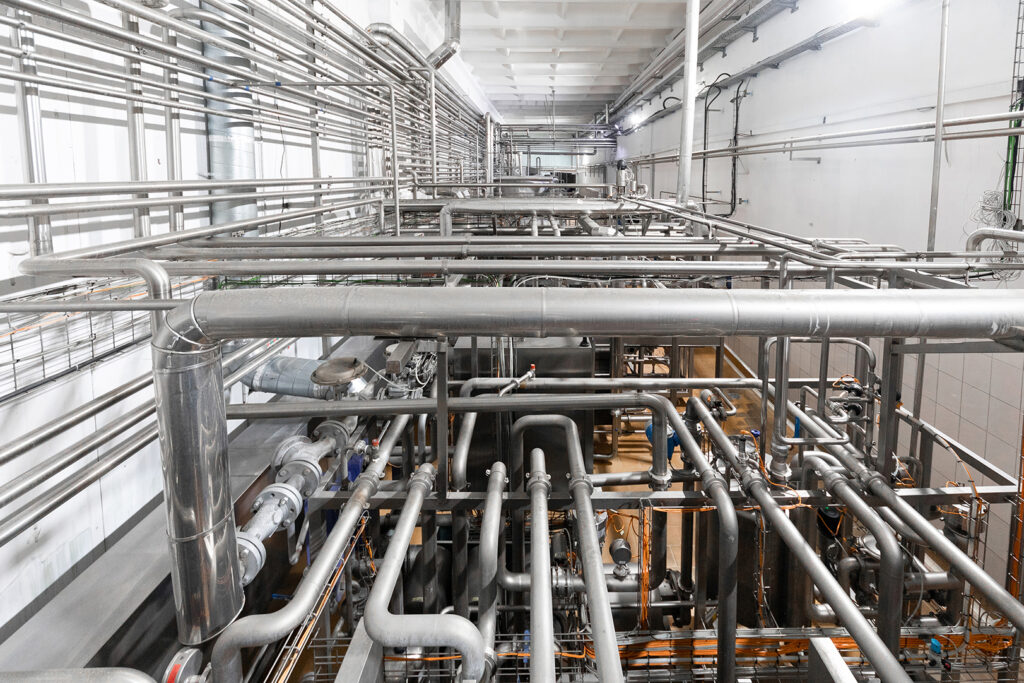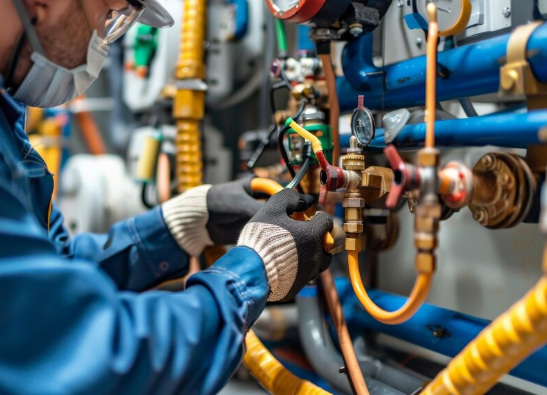Building Information Modeling(BIM): creating and managing digital representations of physical and functional characteristics of a building or infrastructure.
CFD Analysis : CFD or computational fluid dynamics analysis helps to predict and visualize fluid behavior in complex environments such as buildings, and industrial equipment.
Air Balancing : The process of adjusting air distribution systems to meet design specifications for airflow rates. It ensures that heating, ventilation, and air conditioning (HVAC) systems deliver the right amount of conditioned air to each space within a building.
Water Balancing : Similar to air balancing, water balancing involves adjusting water distribution systems (such as in HVAC systems or plumbing networks) to achieve optimal flow rates and pressures throughout a building.
MEP Design: Stands for Mechanical, Electrical, and Plumbing design. It encompasses the engineering and design of systems that control the environment and utilities within buildings, including HVAC, electrical power, lighting, plumbing, and fire protection.
- Heat load calculation: The process of determining the amount of heating or cooling required to maintain desired indoor conditions within a building. It considers factors such as building materials, occupancy, equipment, and climate to size HVAC systems appropriately.
- Pump Head calculation: The calculation of the pressure (head) that a pump must generate to move fluid through a piping system. It accounts for factors such as flow rate, pipe size, friction losses, and elevation changes to ensure the pump can meet system requirements..
Electrical Load calculation: The determination of the amount of electrical power needed for a building or facility. It includes calculating the demand for lighting, equipment, appliances, and other electrical loads to properly size electrical distribution systems and prevent overloading.
- Lux calculation: A measurement of illuminance, or the amount of light per unit area on a surface. Lux calculations are used in lighting design to ensure adequate and uniform illumination levels in indoor spaces, based on the activities and requirements of occupants.




